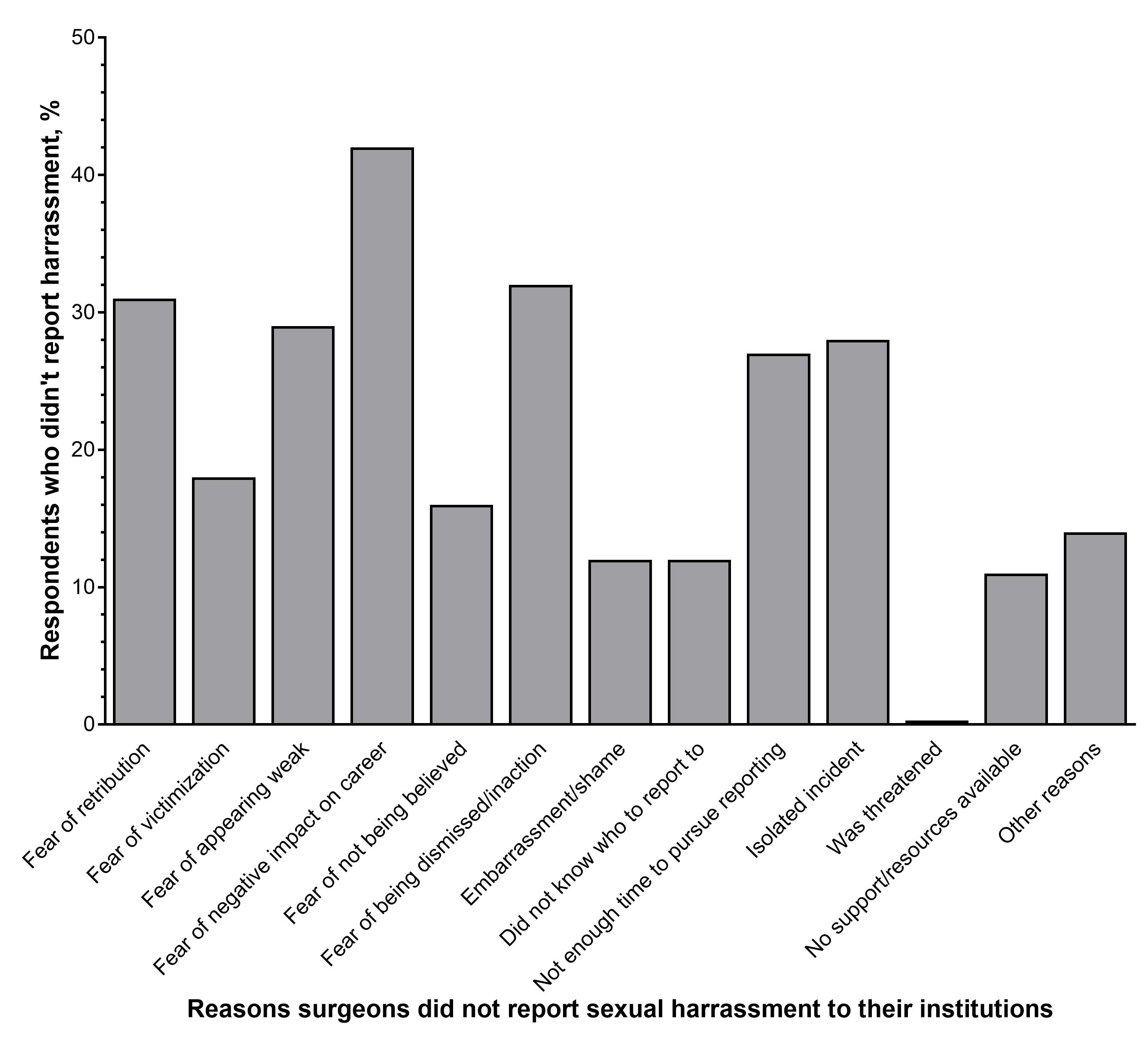R. E. Merritt1, P. Kneuertz2, L. Luo1, K. A. Perry1 1Ohio State University,Thoracic Surgery,Columbus, OH, USA, 2Ohio State Wexner Medical Center,Surgery,Columbus, OH, USA
Introduction:
Minimally invasive esophagectomy is associated with significant morbidity which can significantly prolong the length of stay for patients. Minimizing major postoperative complications can facilitate protocoled care and allow patients to recover more rapidly, which can decrease the length of stay. A streamlined preoperative assessment, gastric ischemic preconditioning, and consistent collaboration between a specialized general surgeon and general thoracic surgeon are key elements that can improve the outcomes for minimally invasive esophagectomy.
Methods:
This is a retrospective study of 130 patients who underwent a total laparoscopic and thoracoscopic Ivor Lewis esophagectomy for esophageal carcinoma between August 2014 and June 2018. A total of 112 patients (86 %) underwent neoadjuvant chemoradiation. All of the 130 patients in the study underwent a laparoscopic gastric devascularization procedure a mean of 18.1 days ± 13.9 days prior to the esophagectomy. A total laparoscopic and right thoracoscopic esophagectomy was performed by a single team consisting of the same general surgeon and general thoracic surgeon. The intrathoracic esophagogastric anastomosis was performed with a circular EEA stapler in all 130 patients. A barium esophagram was obtained routinely on postoperative day number 6. The target discharge date was postoperative day number 8.
Results:
A total of 130 patients underwent a total laparoscopic and thoracoscopic Ivor Lewis esophagectomy. A total of 121 patients (86.2%) had Adenocarcinoma and 8 patients (6.2 %) had squamous cell carcinoma. A total of 30 patients (23.08%) had postoperative complications. A total of 20 patients (15.4%) develped atrial fibrillation which was the most frequent complication. A total of 4 patients (3.1%) developed an anastomotic leak and 1 patient (0.77%) developed an esophago-bronchial fistula. There was 1 postoperative death (0.77%) in the cohort of patients. The median length of stay was 8 days. The mean length of stay for patient without complications was 8 days ± 1.2 days and 12.4 days ± 7.1 days for patients with one or more complications (p=0.002).
Conclusion:
The development of postoperative complications after minimally invasive Ivor Lewis esophagectomy significantly increases the length of stay. Performing the operation with a specialized tandem surgical team and including preoperative ischemic preconditioning of the stomach minimizes complications and facilitates on time discharges. This consistent minimally invasive approach for esophagectomy also demonstrated a low rate of anstomotic complications, which may also contribute signifinantly to a decreased length of stay.











